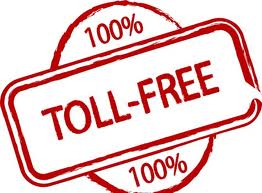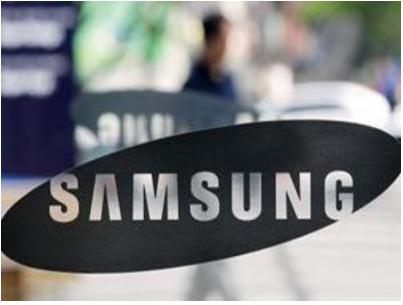From 1967 until around 1986, two years following the 1984 AT&T breakup, AT&T had an absolute monopoly on assigning 800 numbers to subscribing customers.[citation needed] Billing during that period was based on average hours usage per line per month. This type of billing required users to adjust their active lines based on actual peak hour usage to avoid buying hours at higher low tier rates. Usage would average 13-15 cents per minute depending on the traffic being billed.
During 1985 and 1986, the FCC and the Federal Courts which oversaw the divestiture of AT&T and subsequent developments in the telecom industry ordered an eventual fully competitive portable numbering system for toll-free numbers. The local Bell telephone companies (now separated from AT&T) and Bellcore would manage the databases for full number portability. However, it would take some time before this system could be fully developed, tested, and implemented across the country. No firm date was determined at that time for activating this database system nor the management of such a system. New methods of telephone network signaling systems (SS7) were still under development and still needed to be implemented. In the meantime, starting about 1986, the Federal Government ordered Bellcore to assign specific 800-NXX codes to specific long-distance carriers. Thus, from 1986 to 1993 Toll-Free customers were locked into a system that led them to the telephone carrier like AT&T or MCI that assigned them their 800 number, based on the first six-digits (the 800-NXX code) of their full 800 number. By 1991 the FCC ordered that by May 1, 1992, full number portability would need to be in place nationwide, since the number database system and various peripherals and administrative functions were now available throughout the country. However, shortly before May 1992, the FCC and the telephone industry determined that the full implementation would need to be postponed for another year. May 1, 1993 was the actual date when full 800 number portability was effective throughout the US.[citation needed] Canada fully joined in the US 800 number portability system a year later in May 1994. Canadian 800 service developed in parallel with US 800 service in the 1960s and 70s, and by 1984, “crossborder” US/Canada 800 service finally became available, where (upon the called customer’s option), a US-based 800 number could now be called from Canada, and vice-versa, a Canadian-based 800 number could now be called from the US.
800 Number Portability means that toll-free numbers are no longer associated with a particular telephone carrier such as AT&T or MCI. 800 subscribers can switch to another carrier without changing their toll-free number. Before toll-free number portability, toll-free subscribers were locked into their carriers, based on the 800-NXX code, the first six-digits of their 800 number. They could not change those carriers without changing their 800 numbers. Starting in the early 1990s, Toll-Free 800 Service became a viable business tool with the use of Vanity Numbers such as 1-800-FLOWERS. With these changes, rates have continued to fall and the majority of large users are now buying toll-free services for less than 2 cents per minute[citation needed].
In 1985, British Telecom in the United Kingdom started using 0800 (Freefone) and 0345 (local-rate) numbers[4] with Cable and Wireless also using 0500 and 0645, in much the same way, just a few years later.




